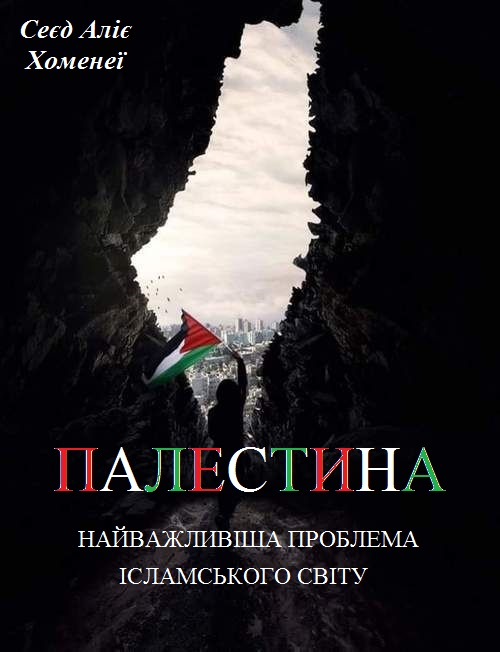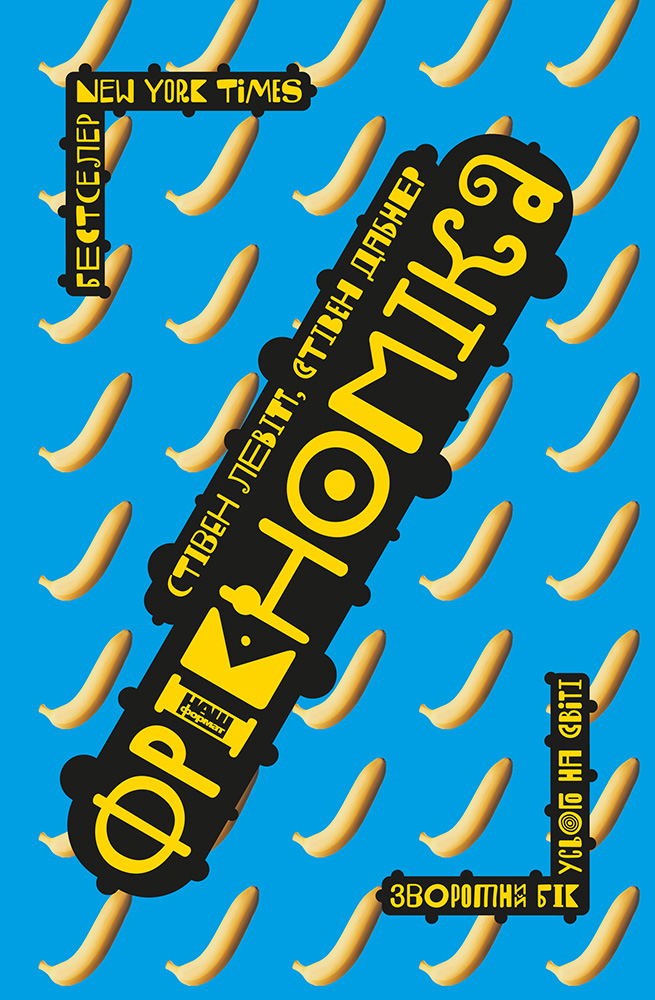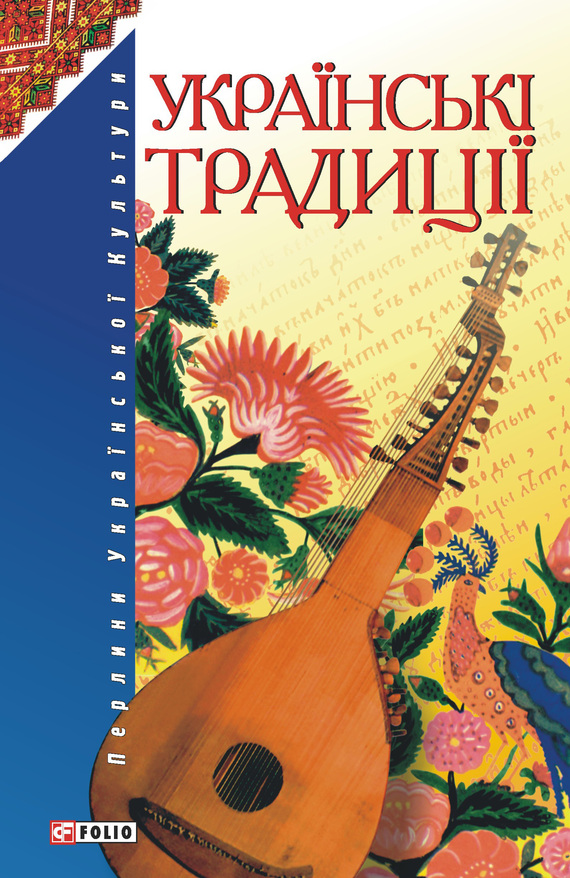Читати книгу - "Genghis Khan and the Making of the Modern World"
Шрифт:
Інтервал:
Добавити в закладку:
Although his grandfather codified the Mongol preference for hunting only in winter and never in spring, Khubilai did not enjoy hunting in the cold of winter and changed the law. Even with his white ermine coat, sable blankets, and tiger skin rugs on the floor and walls around him, he found the temperature uncomfortable and the wind biting; as a result, he pushed the hunting season into the early spring when the weather proved more agreeable.
In the hunting procession, soldiers rode the horses. Camels transported the goods, and other elephants carried smaller individual pavilions in case the khan wanted to chase the game into more confined areas than his four-elephant mobile palace could fit. The caravan followed the imperial banners of Khubilai and was festooned with brightly colored silks. The procession included hunting tigers riding in mobile cages pulled by powerful oxen, as well as leopards and lynx riding on the hind quarters of horses, alone or seated behind their trainers. When prey appeared, Khubilai dispatched one of his trained predators to bring it down. Dogs sufficed for the bears and smaller game, leopards for the deer, and tigers for the large wild asses or bulls. A phalanx of archers stood ready to shoot at whatever target their master might command if it could not be reached by the hunting animals.
Khubilai’s processions across the countryside included a large number of astrologers, diviners, Mongol shamans, and Tibetan monks, whose work, vaguely reminiscent of Genghis Khan’s use of shamans before battle, consisted of clearing the path of clouds, rain, and any other form of inclement weather that might hamper the mighty hunter. With the sounds and smells of such a massive caravan, animals had ample warning and opportunity to flee. It was hard for them to be taken by surprise, so Khubilai’s caravan moved like the traditional Mongol army. While the emperor, his court and menagerie moved as the center or pivot of the caravan, he kept a tumen (nominally of ten thousand men, but in this case perhaps less) spread out to his forward left, and another spread out to the forward right. To show their wing assignment, one side wore scarlet, and the other wore blue. According to Marco Polo, they spread the distance of a whole day’s journey in both directions. Accompanied by mastiffs and hunting birds, the retainers drove the animals before them and toward the center so that they would be correctly positioned when the elephants arrived with Khubilai in his portable palace.
In order to cater to the needs of the hunting party after an exhausting day on the backs of the elephants, a vanguard of servants preceded them to erect a camp that resembled a portable city. The largest pavilion held a thousand guests for the rowdy Mongol celebrations. Adjacent tents provided sleeping quarters. A troupe of musicians accompanied the court to perform with singers, acrobats, jugglers, and the contortionists so enjoyed by the court.
At each evening’s celebration, everyone wore a deel of the same style and assigned color for the day; but lest they appear too egalitarian, rank and power were symbolized in the number and value of the jewels and pearls worked into the costume. They wore golden belts and silver embroidered onto their boots. In the midst of all the celebration, one of the trained tigers entered the pavilion, proceeded slowly among the guests to the khan, bowed, and then took its place seated beside the throne for the evening. The meals were served in dishes of gold and silver. Each servant wore a silk napkin trimmed in gold as a veil across his nose and mouth to prevent his breath, or any other essence, from contaminating the food. The recipes of the dishes served Khubilai Khan still survive. They include a variety of foods but maintain the traditional Mongol emphasis on meat and dairy products. The members of the Mongol court ate such delicacies as strips of mutton tail fat dusted with flour and baked with leeks. Bull testicles fried in hot oil, basted with saffron paste, and sprinkled with coriander. Mutton boiled with cardamom and cinnamon and served with rice and chickpeas. Young eggplant stuffed with chopped mutton, fat, yogurt, orange peel, and basil.
Like true Mongols, they gorged themselves on their favorite drink of fermented mare’s milk, but this milk originated from the special imperial herd of pure white mares that had been impregnated by pure white stallions to produce a special milk restricted exclusively for Khubilai and his court. When it came time to retire to his chamber for the night, the khan had his pick of beautiful young women, all of whom had been tested to make sure that they did not snore, have bad breath, or discharge any unpleasant body odors. The next morning, to recover from the excessive drinking, eating, and indulging of every appetite, the khan’s mobile unit of doctors and pharmacists served him a tea made from orange peel, kudzu flowers, ginseng, sandalwood, and cardamom. Sipped on an empty stomach, the tea was guaranteed to overcome a hangover and make the khan fit for another day of hunting, eating, and drinking.
Only a few generations earlier, Khubilai’s ancestors had used the hunt as the primary means of acquiring food. His great-grandfather Yesugei had been out hunting with his gyrfalcon when he saw the bride Hoelun, whom he seized to make his own wife. Khubilai’s grandfather Genghis Khan fed his family by hunting after his father’s death, and he had killed his half brother Begter in an argument ostensibly following a hunting quarrel about a bird and a fish. Later in life, Genghis Khan, with the aid of Subodei and other good hunters, adapted the extensive hunting strategies, techniques, and weapons to
Увага!
Сайт зберігає кукі вашого браузера. Ви зможете в будь-який момент зробити закладку та продовжити читання книги «Genghis Khan and the Making of the Modern World», після закриття браузера.




